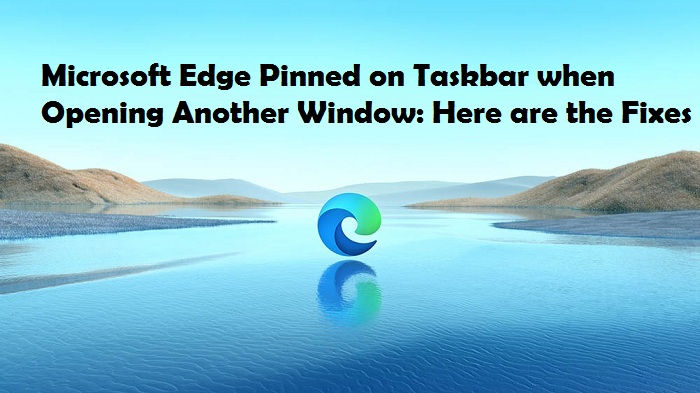What Does 2021 Have in Store for 5G?
- miawatson786

- Jan 7, 2021
- 3 min read
The next-gen networking technology namely 5G has taken the Western markets by storm in the last one year. It has become difficult to find phones that don’t support the 5G network in the Western world. Now that every major carrier and manufacturer is on board for the upcoming age, it seems that soon 5G will transform the known world in unthinkable ways. But one must keep in mind that the new networking technology is still in its infancy and it still needs time to grow. The technology will improve and spread widely in the upcoming years but what exactly should we expect in 2021?

Better Coverage and Subsequent Rollout
In 2021 we can expect a much wider coverage of 5G, which will span over many of the big cities of the Western world. Although it would be unwise to expect that the coverage will in any way rival that of 4G LTE next year, that day also is not too far away. As the technology improves in the coming years, 5G will become more relevant and it will compete with 4G LTE. The initial rollouts are scheduled for 2021 throughout Europe, Latin America, China, and Australia. They will then be joined with the US, Japan, and South Korea who already have this technology.
mmWave can facilitate multi-gigabit of data transfer over short distances which has the potential of revolutionizing the world as we know it. In 2021, we can expect 5G networks to use a wide range of spectrum which will significantly enhance network reliability and bolster speed. Not only that we can even expect to see better global connectivity. However, it would be immature to expect overnight changes because 5G deployment will likely take a lot of time. The changes will surely come but it will take a few years for a complete rollout. Moreover, one needs a decent smartphone to make the best use of 5G and its perks.
Bridging Gap Between 5G standalone
Existing 5G networks make use of 4G infrastructure to provide their services to the users. So, most of the behind scene work, like calling and account verification are all handled by 4G networks. But the final goal is to transition from non-standalone to standalone networks, which will take some time. So, at the end of the day, after the 5G infrastructure is in its place, the network will then transition to 5G standalone. Then the network will run on the 5G core backend and 4G infrastructure will no longer be necessary. Such transitions are already underway in countries like South Korea and China. But, these rollouts are just in their initial phases and users will have to wait a little longer for the advanced rollouts. Latin America and Europe are expected to start their rollout of the standalone network sometime in 2021 as well.
All these changes are only in their initial phase and it’s going to take a while before we move to the advanced phase. Once we do that the transition from 4G to 5G will finally be completed. Although it might take a while, 2021 is sure to bring some meaningful changes with it. That’s all for this article.
Mia Watson is an Internet Security expert and has been working in the technology industry since 2002. As a technical expert, she has written technical blogs, manuals, white papers, and reviews for many websites such as mcafee.com/activate.



Comments